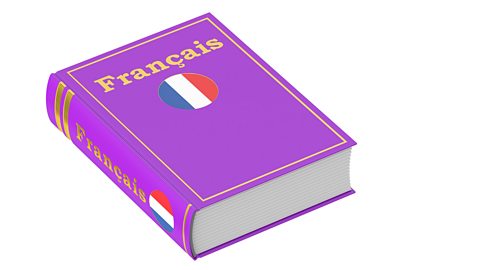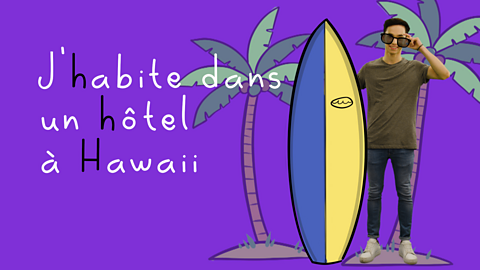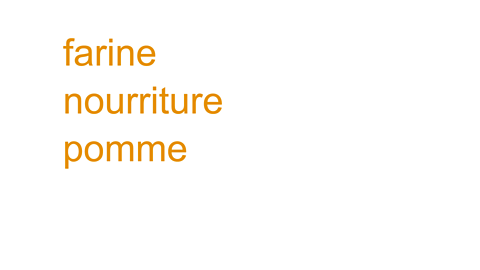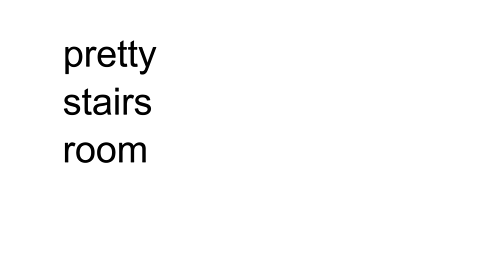
Knowing how to use a French dictionary properly can help you with lots of things! You will be able to:
Find out the English or French meaning of a word
Find the gender of a French word(whether it is masculine, feminine or plural)
Discover how to choose the correct adjective
Learn which part of the verb to use (this is called ‘conjugate’)
How to find the English or French meaning
Bilingual dictionaries are split into 2 parts:
French into English (if you have a French word and need to find the English meaning
English into French (if you want to find the French word for a particular word in English)
Try it out
If you have a dictionary to hand, look up the following three French words to find their English meanings:
1 of 4
Now look at the other side of your dictionary.
Look up the following three English words to find out what they are in French:
1 of 4
How to find the gender of a French word
Some dictionaries have le (masculine), la (feminine) or les (plural) beside the word to tell you the gender. For other dictionaries, you need to look for these symbols:
m = masculine
f = feminine
pl = plural
How to choose the correct adjective
Sometimes a French adjective has more than one spelling so how do you know which one to use?
Example:
If you look up the word "lazy" you will see it has two different spellings:
paresseux - the first spelling is always the masculine one.
and
paresseuse - the second spelling is always the feminine one.

Remember that the adjective must agree with the noun so the French spelling you need will depend on how you plan to use it:
un chien paresseux - a lazy dog
(paresseux because 'dog' is a masculine noun in French)
une tortue paresseuse - a lazy tortoise
(paresseuse because 'tortoise' is a feminine noun in French)

How to conjugate a verb
There is a section in your dictionary with lots of verb tables to help you form verbs correctly.
This section is usually in the middle or at the back.
For example, to translate “I have” into French:
Find out the infinitive (the whole part of the verb ending in er, ir or re in French). Do this by looking up "have" in the main English section of your dictionary - the answer is avoir.
Go to the special verb section of your dictionary and find avoir. You will see there are a lot of different tenses here such as present, perfect and future.
Look at the present section because ‚ÄúI have‚Äù is something which is happening now in the present. You will see in the table that "I have" translates as ¬·‚Äôaæ± in French - this is our answer.
Quiz
Test your dictionary knowledge with this short quiz below.
More on Using French language
Find out more by working through a topic
- count4 of 4

- count1 of 4

- count2 of 4


